What is a wall pack light? And what’s the difference between LED light source and classical light source?
The wall pack light refers to a lighting fixture installed on the exterior wall of a building, and generally a plurality of wall lamps are installed on the wall. Commonly used to illuminate areas of the ground frequented by vehicles and pedestrians. They also work well as An extra layer of security for the homeowner, below are some pictorial examples of traditional wall sconces mounted on exterior walls.Most existing industrial and commercial luminaires use High Intensity Discharge (HID) lamps such as Metal Halide lamps (MH), High Pressure Sodium lamps (HPS), or very classically Mercury Vapor lamps, but these are not common anymore.
What are the advantages of LED wall lights? Why use LED wall sconces instead of traditional lighting solutions?
Most traditional outdoor wall lights are sodium vapor lamps. The hue of sodium vapor lamps tends to be a very dark yellow (or orange). Low pressure sodium vapor lamps produce a monochromatic emission which tends to make the colors very poor in exchange for the relative good energy efficiency of conventional bulb technology. The interior solution for the wall light consists of traditional candescent bulbs. While each of these technologies has advantages, industrial LED lighting outperforms all traditional alternatives in important of the look ways to take a consider when deciding whether an LED retrofit is right for your wall light.
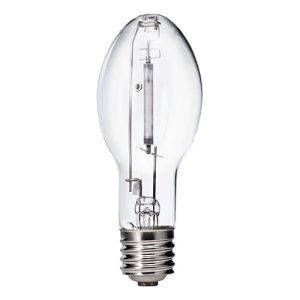
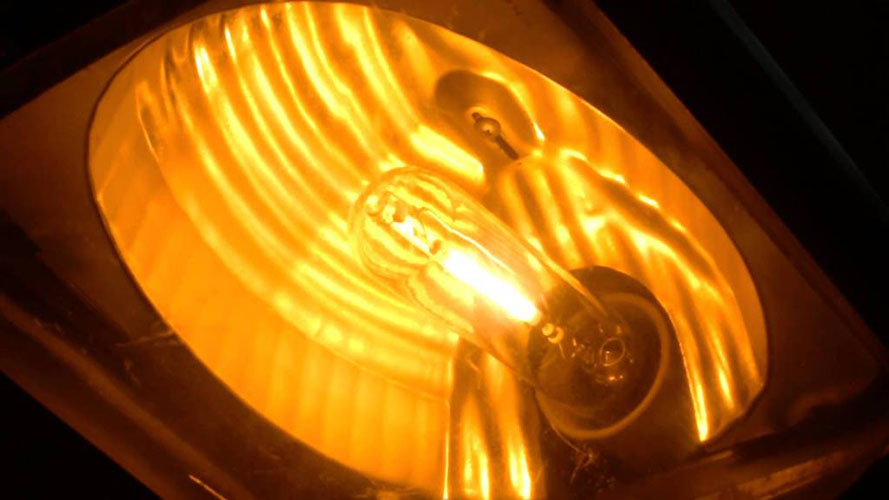
The wall light sources we used to use are as follows:
Sodium Vapor Wall Lights: If you’ve ever walked around a parking lot or outside a building at night and noticed a deep yellow light, chances are the lights you’re seeing are sodium vapor lights. Low pressure sodium lamps emit a very dark yellow monochromatic light, while high pressure sodium lamps emit a slightly whitish, but usually still yellowish light. Before the advancement of LEDs, these lights were the most efficient option on the market. MH lights are common in sports and warehouse/industrial uses (and any environment where large, tall spaces need to be illuminated). Some of their main disadvantages are that they take a long time to warm up (sometimes 15-30 minutes), and they are expensive to maintain. Their failure characteristics include flickering and wasting energy through heat.

High Pressure Sodium (HPS) Lamps: HPS lamps are commonly used in warehouse, industrial, commercial and recreational facilities where high bay lighting is appropriate. Their advantages include cheap sale prices, high energy efficiency (low operating costs) and a relatively long service life. HPS lighting technology retains these advantages over most traditional bulbs, but the disadvantages of HPS bulbs include the worst color rendering on the market and an equally long warm-up period.
Fluorescent Lamps: Although less common, fluorescent lamps are sometimes used in warehouse or industrial applications (mainly T12, T8 and T5 lamps). The benefits of fluorescent lamps include lower cost and relatively high efficiency. Drawbacks include the presence of toxic mercury, reduced lifespan if switched on and off frequently, and the need for a ballast to stabilize the light.
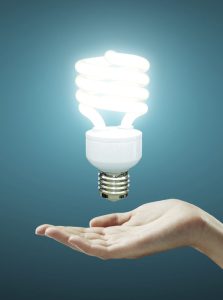
What are the top three advantages of using LED lighting technology in all applications?
LED light sources have three general advantages over traditional light sources and are suitable for all lighting applications.

Reduced maintenance requirements. As mentioned above, LED lights last four to forty times longer than traditional light bulbs. This means fewer replacements for worn out bulbs. The light produced by LED lighting technology is also different from typical fuel and filament lighting because it uses diodes. This means fewer moving parts to break, and therefore fewer repairs or replacements.
Wall sconces often have high installation height requirements, which means that changing bulbs requires at least a ladder and, in some cases, a specialized hydraulic lift. All of this adds up in the form of maintenance, labor and equipment costs. The longer lifetime of LEDs means that fixtures need to be replaced much less often, which means savings on your bottom line.
Improve lighting quality. In terms of Color Rendering Index (CRI), Correlated Color Temperature (CCT), LED lighting for wall sconces generally score higher in head-to-head comparisons with most other bulbs. CRI is a measure of the ability of light to reveal the actual color of an object compared to an ideal light source (natural light). CCT usually describes the color of the “light” emitted by a light bulb, such as warm yellow, cool white. They are basically a measure of efficiency. On both counts, LED lights excel.
Improve energy efficiency. Not only do LED lights produce light differently, but they also distribute light differently than traditional lighting solutions, resulting in less energy being required to deliver the same output. How does this work? First, many traditional lamps waste a lot of energy by dissipating the energy they generate as heat (this is especially true for metal halide lamps). Second, most traditional lights are omnidirectional, which means they emit light in 360 degrees. Consequently, a lot of light is wasted pointing towards the ceiling or diluted as it has to be redirected through the use of fixtures. Industrial LED lighting for applications requiring wall sconces eliminates both of these energy-wasting issues.
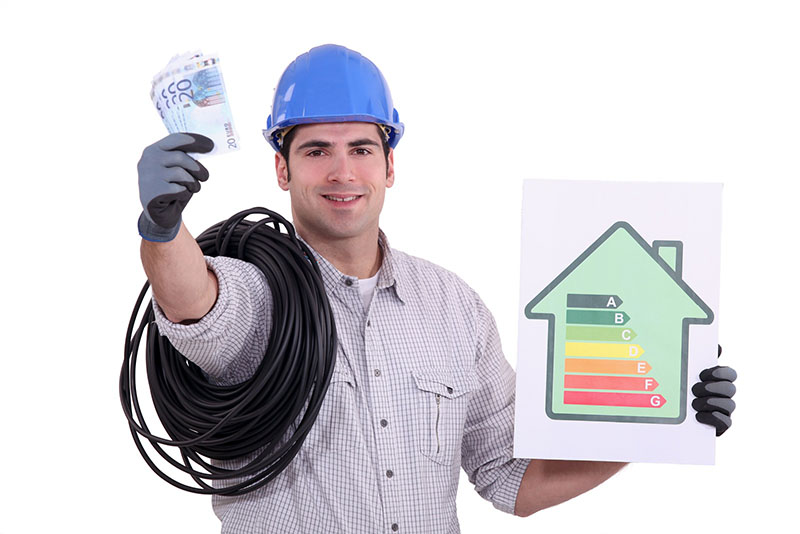
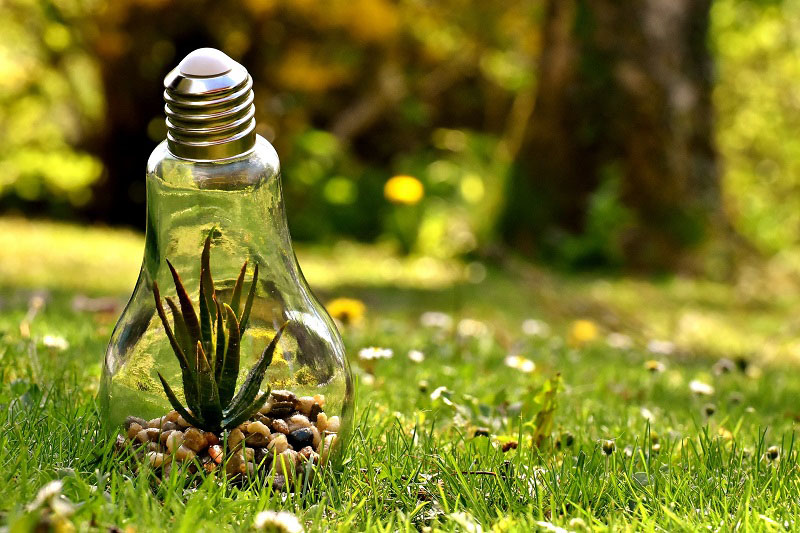
Do you have more questions about wall lights?
You can leave us a message below, or send us an email directly, and we will reply to you within 24 hours.
Related links:
https://www.stouchlighting.com/blog/everything-need-to-know-wall-pack-lighting-led-exterior-lights


